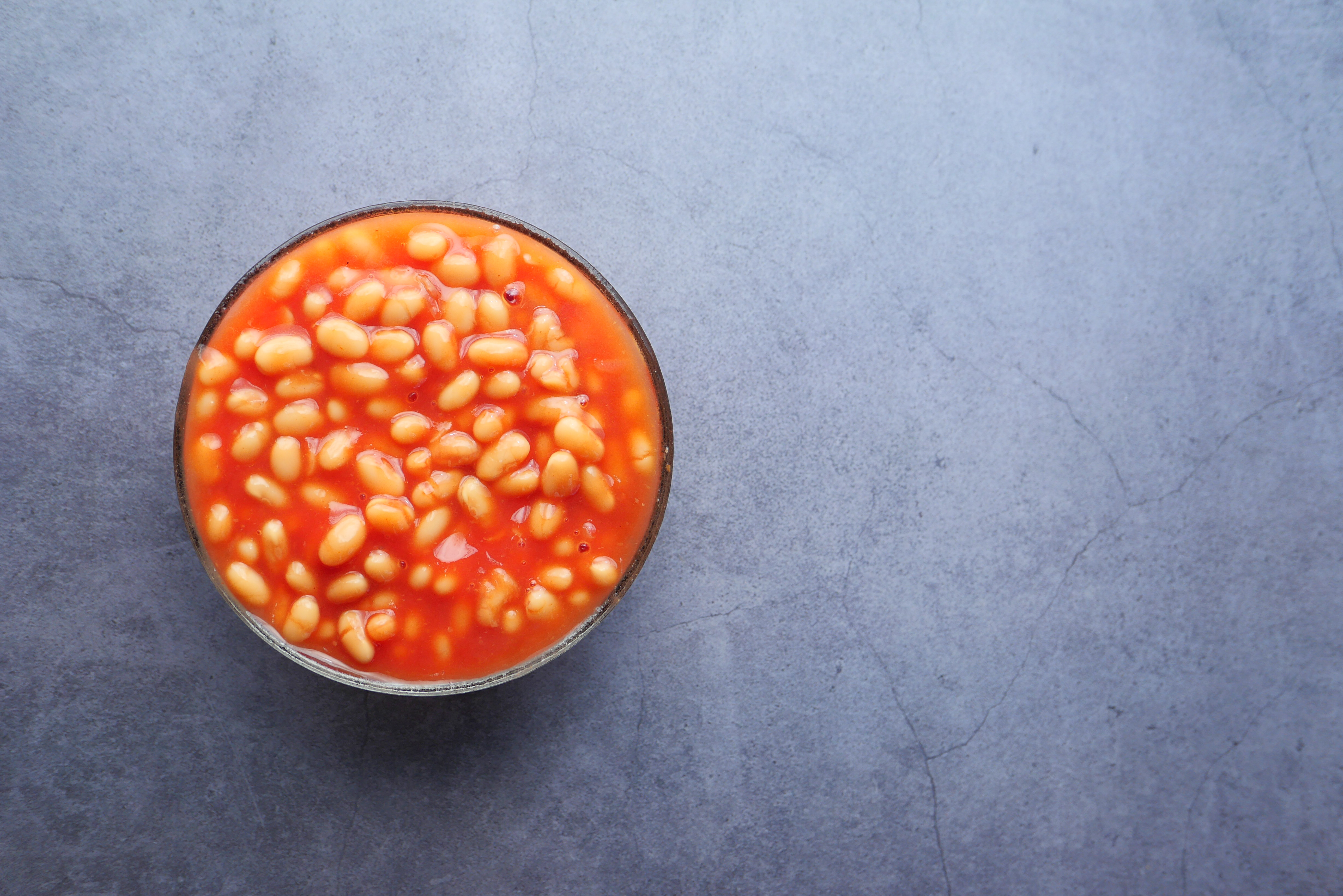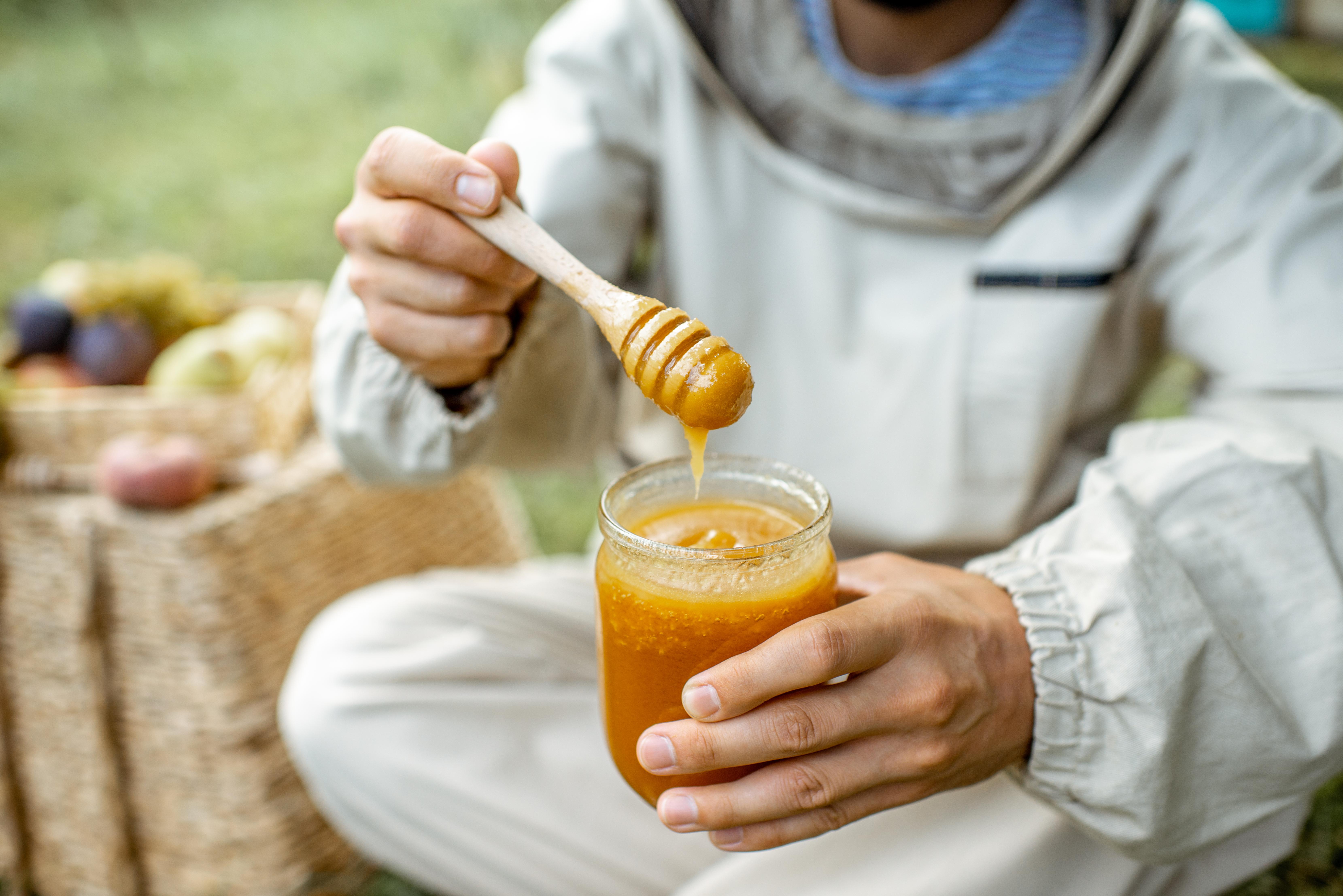Hidden Dangers of ‘Healthy’ Foods That Spike Insulin
7. The Unexpected Glycemic Effects of Legumes

Legumes, such as beans and lentils, are often praised for their high fiber and protein content. However, they can also have varying effects on insulin levels depending on their preparation and consumption. While legumes generally have a low glycemic index, certain cooking methods or combinations with other high-glycemic foods can lead to insulin spikes. For example, consuming legumes with white rice or sugary sauces can negate their benefits. To maximize the health benefits of legumes, focus on preparing them with minimal added sugars and pair them with low-glycemic foods. Understanding the nuances of legumes can help you incorporate them into your diet without adverse effects on insulin levels.
8. The Complexities of Natural Sweeteners

Natural sweeteners, such as honey or agave nectar, are often perceived as healthier alternatives to refined sugars. However, they can still lead to insulin spikes due to their high fructose content. While these sweeteners may have additional nutrients or antioxidants, it's important to use them in moderation. The body processes fructose differently than glucose, and excessive consumption can lead to insulin resistance over time. Opting for natural sweeteners with lower glycemic indexes, like stevia or erythritol, can help reduce their impact on insulin levels. By understanding the complexities of natural sweeteners, you can enjoy their benefits without compromising your blood sugar balance.
